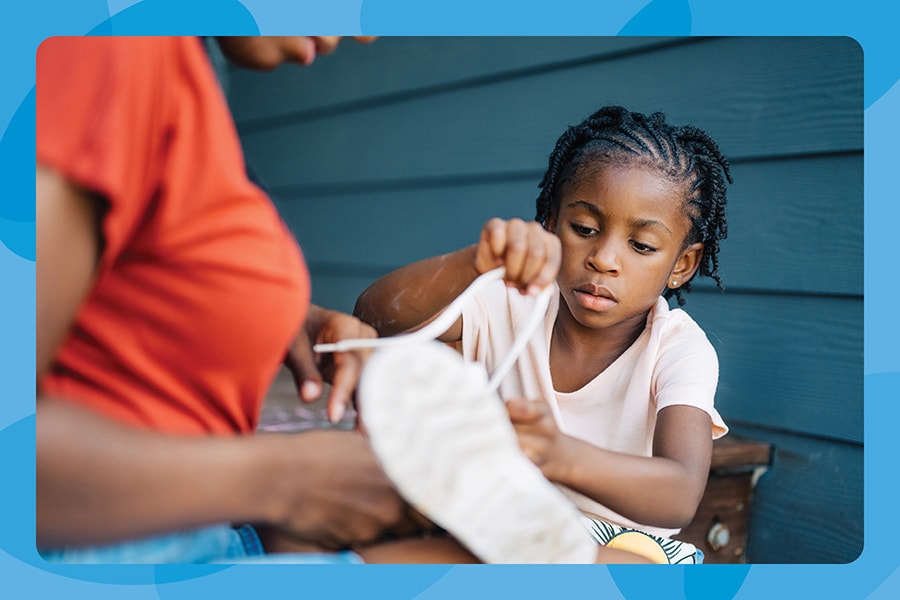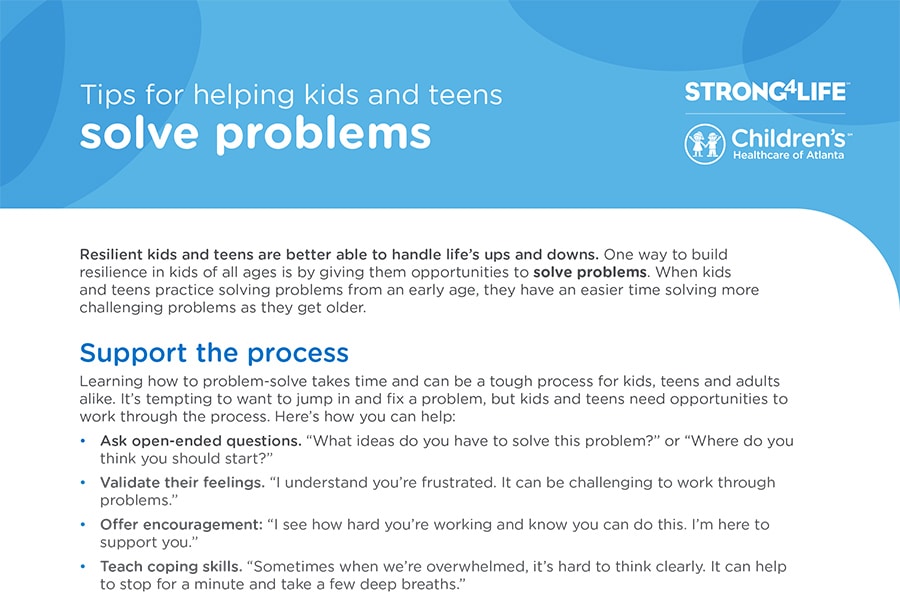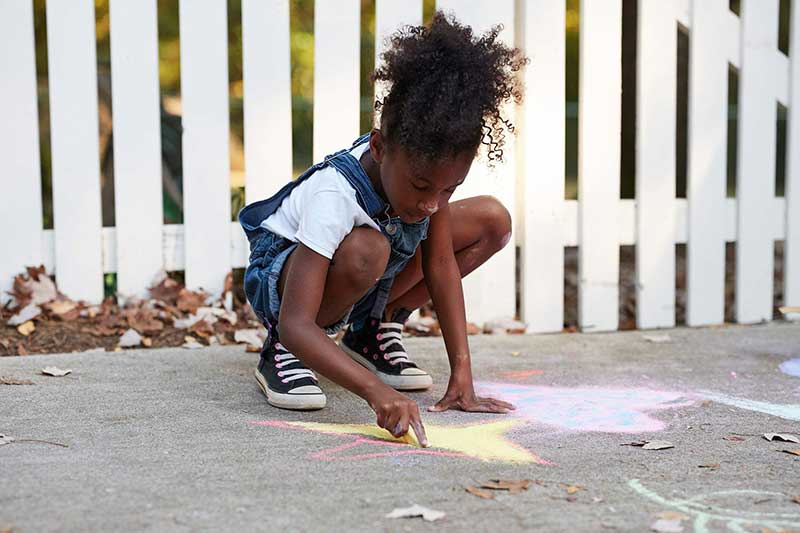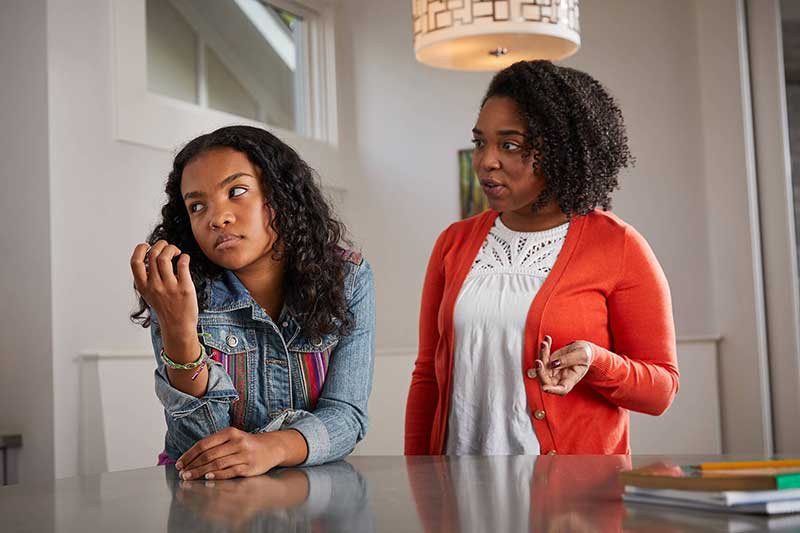Age-Appropriate Ways to Teach Kids Problem Solving
You know that look: Your child is faced with some problem—a playmate who won’t share, a school project they saved for the last minute—and their eyes flicker up to you. “Fix it,” those eyes say. Although it would likely be faster and easier for you to fix it yourself, often the biggest favor you can do for your child is to let them try to figure it out on their own. In teaching kids problem-solving skills, you teach them independence and help build their confidence.
Here’s how to help kids of all ages improve their problem-solving skills.
In this article:
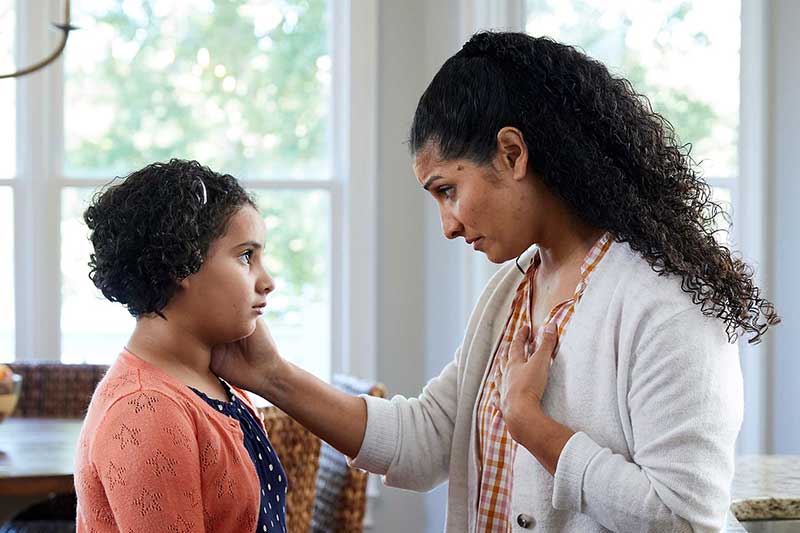
Teach problem-solving by role modeling
Each day, we have plenty of opportunities (big and small) to model problem-solving for kids. For example, “I have to give a big presentation at work. I’m nervous, but I know if I write out what I want to say and practice ahead of time, I’ll feel much better.” Or maybe you wish you handled a problem differently and want to share that with your child: “I was a little rude to that waiter just now. Next time I will take a deep breath and remember they are just doing their best.”
It’s very beneficial for children to watch their parents make mistakes, admit them and then right their wrongs. No one is perfect, but if you solve your own problems calmly and rationally, your child will learn to do the same.
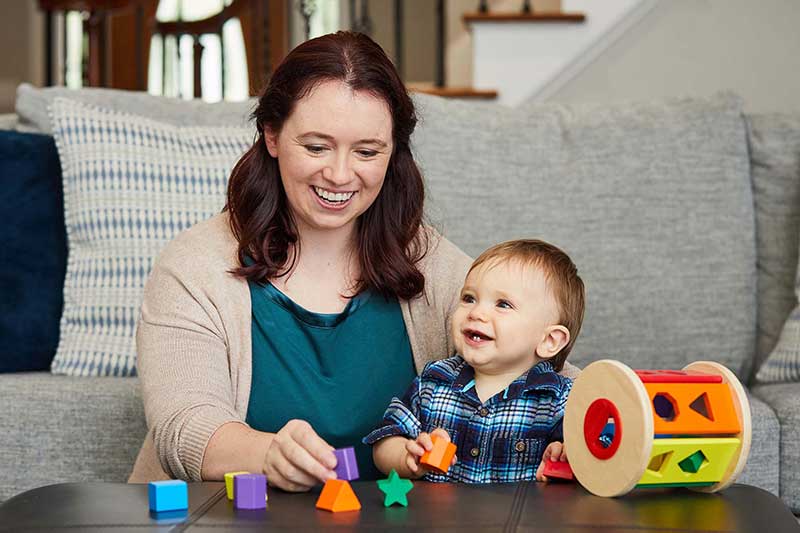
Teaching problem-solving skills to young kids
Play is one of the best ways for young minds to learn how to solve problems.
- Shape sorters and puzzles are classic problem-solving toys.
- Board games help kids think critically and detect patterns.
- Hide-and-seek gives the brain a workout as kids think about where to hide or look.
Creativity is a big part of problem-solving. Leave plenty of unstructured time so your child’s imagination is free to roam. If a conflict arises with another child, don’t swoop in to solve it. It’s important to step back and allow your child space to try figuring it out. But if you see your child continue to struggle, offer some solutions for how they can handle it, such as taking turns or trading one toy for another.
In general, when a child does need your help with a task, first show them how to do it and then offer as little help as possible so they can practice (unless there’s a safety issue, of course):
- Put your hand over theirs, and guide it as they pull the zipper.
- Answer questions with another question: “I don’t know. How do you think it works?”
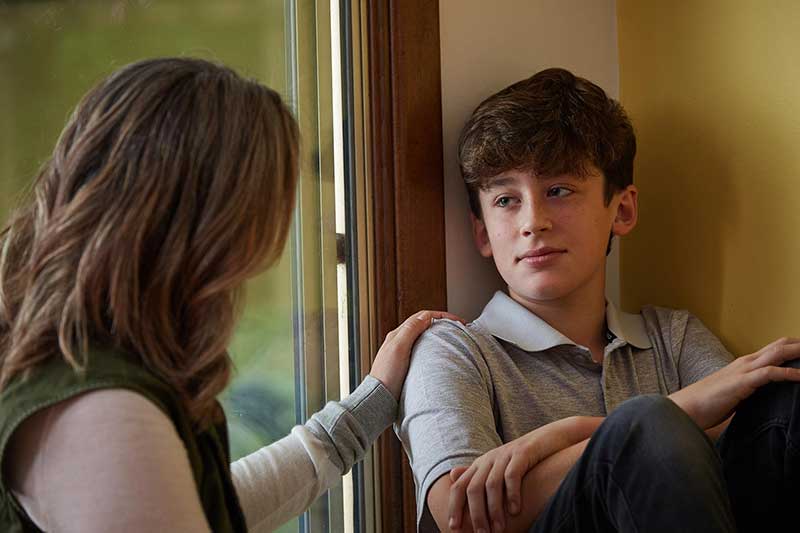
Teaching problem-solving skills to older kids
With older kids and teens, we often wish they would come to us with their problems. If you’ve already taught them the skills, they may not need to, but it’s still important to empower them to be problem-solvers.
- Let natural consequences do the teaching. Your child will learn that if they don’t study, they will get a bad grade or that they made the basketball team because they practiced every night.
- Break down problems together. If your child always forgets their homework at home, ask why they thinks it happens (“I have too many papers”). Then brainstorm ways to fix it (creating a special folder by the door, having them packing their bag the night before, etc.).
- Weigh the pros and cons. Teach your child to evaluate the situation along with their options. Many children benefit from writing out a list of pros and cons when they are struggling to make a decision.
Similarly, if your child is dealing with a peer conflict, ask them how they think it should be resolved, and give them a chance to try it. When you talk to them afterward, ask for permission to share some advice. “It’s your child’s right to take or leave your advice, and that’s very empowering to them,” says licensed therapist, Jody Baumstein, LCSW.
